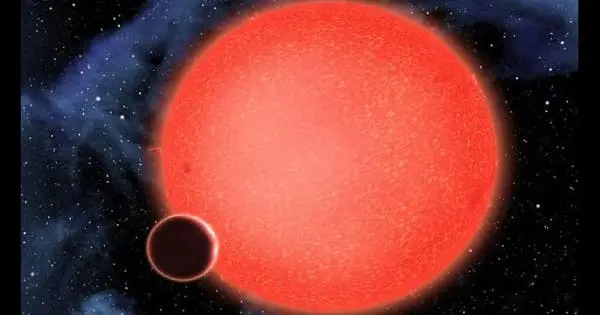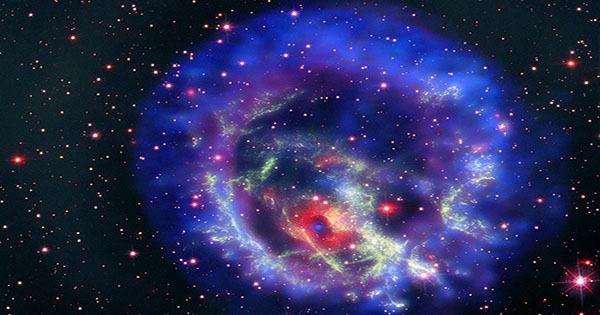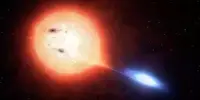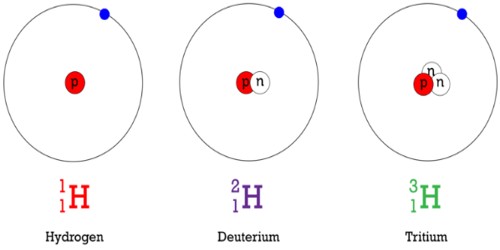Gliese 15 Ab (GJ 15Ab), also known as Groombridge 34 Ab, is an extrasolar planet located in the constellation Andromeda about 11 light-years away. This planetary system has a plethora of unusual properties. GJ 15 A b, the system’s innermost world, completes a full orbit around the star in just 11 days – a “year” on this planet. It can be found in the night sky orbiting the star Gliese 15 A, which is located at 00h 18m 22.89s right ascension and +44° 01′ 22.6′′ declination. It has three times the mass of Earth and thus qualifies for the “super-Earth” size category.
It was discovered in August 2014, based on an analysis of the parent Star’s radial velocities by the Eta-Earth Survey using HIRES at Keck Observatory. It’s also super-heated, with a surface temperature of around 530 degrees Fahrenheit (276 Celsius). It has a mass of about 5.35 ± 0.75 Earth masses and is thought to be a Super-Earth with a diameter larger than the Earth’s. Researchers using the CARMENES spectrograph, on the other hand, were unable to detect the planet. While its temperature is unknown, it is likely to be quite cold in this distant, possibly icy orbit, which is roughly comparable to Saturn’s orbit around our Sun.
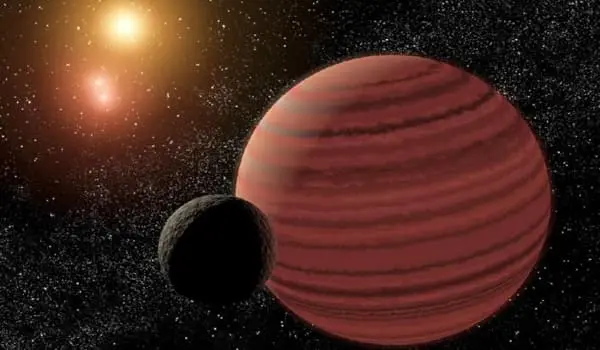
Gliese 15 Ab has a close inner orbit around Gliese 15 A with a semi-major axis of only 0.0717 ± 0.0034 AU, resulting in an orbital period of just over 11.4 days. The orbit appears to be relatively circular, with an orbital eccentricity of about 0.12. It orbits too close to Gliese 15 A to be in the habitable zone, and it is unlikely to be home to life. Its sister world, GJ 15 A c, couldn’t be more dissimilar. It’s a gas giant 36 times the size of Earth, with a 20-year orbit around its cool and small parent star.
Gliese 15 is a binary star, consisting of two cool, dim red dwarfs that orbit each other. Red dwarfs are the most common type of star in the galaxy, but they are so faint that not a single one can be seen with the naked eye; you must use a telescope to see them. Proxima Centauri, the closest star to the Sun known to us, is only 4.2 light-years away and is too faint to see without at least good binoculars.
Gl 15Ab was discovered using the Doppler shift (or reflex velocity) method. Because the planet is massive, as it orbits its parent star in a large circle, the star itself makes a smaller circle with each orbit. They actually orbit each other’s mutual center of mass, known as the barycenter, like two kids facing each other, holding hands, and swinging around.
